- October 2nd, 2016, 6:08 pm#4882179
I've chimed in here and there on other people's builds over the last couple weeks. It's high time I share what I've been working on over the last 3 weeks...
Background: Both the 1984 film and the RGB animated series were very formative influences growing up. On Saturday mornings, I would often kludge together a couple sheets of old 3/4" particle board from Dad's workshop that I had jigsawed out into a circular cyclotron and a rectangular motherboard. I'd use nylon ropes knotted through the board to fashion the packs straps for my new proton pack. A suitable stick in the woods would be my neutrona wand. If I was feeling especially ambitious that Saturday morning, I'd break out a blue or black spray bomb and paint the pack before adventuring in the nearby woods with it.
Now that I have the disposable income, I've become a pretty passionate prop, model, and replica maker and collector. I am the ESB Boba Fett and Clone Commander Bly of my local 501st Garrison, and am currently deciding whether to go in on the new Anovos First Order Stormtrooper costume kit that has recently gone up for pre-order.
Laying in bed one morning while on summer holidays in August, I came across this article:
http://www.primermagazine.com/2015/spen ... azon-prime
It re-ignited that dream of owning a Proton Pack and once again becoming my 10-year-old self's absolute hero!
Background: Both the 1984 film and the RGB animated series were very formative influences growing up. On Saturday mornings, I would often kludge together a couple sheets of old 3/4" particle board from Dad's workshop that I had jigsawed out into a circular cyclotron and a rectangular motherboard. I'd use nylon ropes knotted through the board to fashion the packs straps for my new proton pack. A suitable stick in the woods would be my neutrona wand. If I was feeling especially ambitious that Saturday morning, I'd break out a blue or black spray bomb and paint the pack before adventuring in the nearby woods with it.
Now that I have the disposable income, I've become a pretty passionate prop, model, and replica maker and collector. I am the ESB Boba Fett and Clone Commander Bly of my local 501st Garrison, and am currently deciding whether to go in on the new Anovos First Order Stormtrooper costume kit that has recently gone up for pre-order.
Laying in bed one morning while on summer holidays in August, I came across this article:
http://www.primermagazine.com/2015/spen ... azon-prime
It re-ignited that dream of owning a Proton Pack and once again becoming my 10-year-old self's absolute hero!


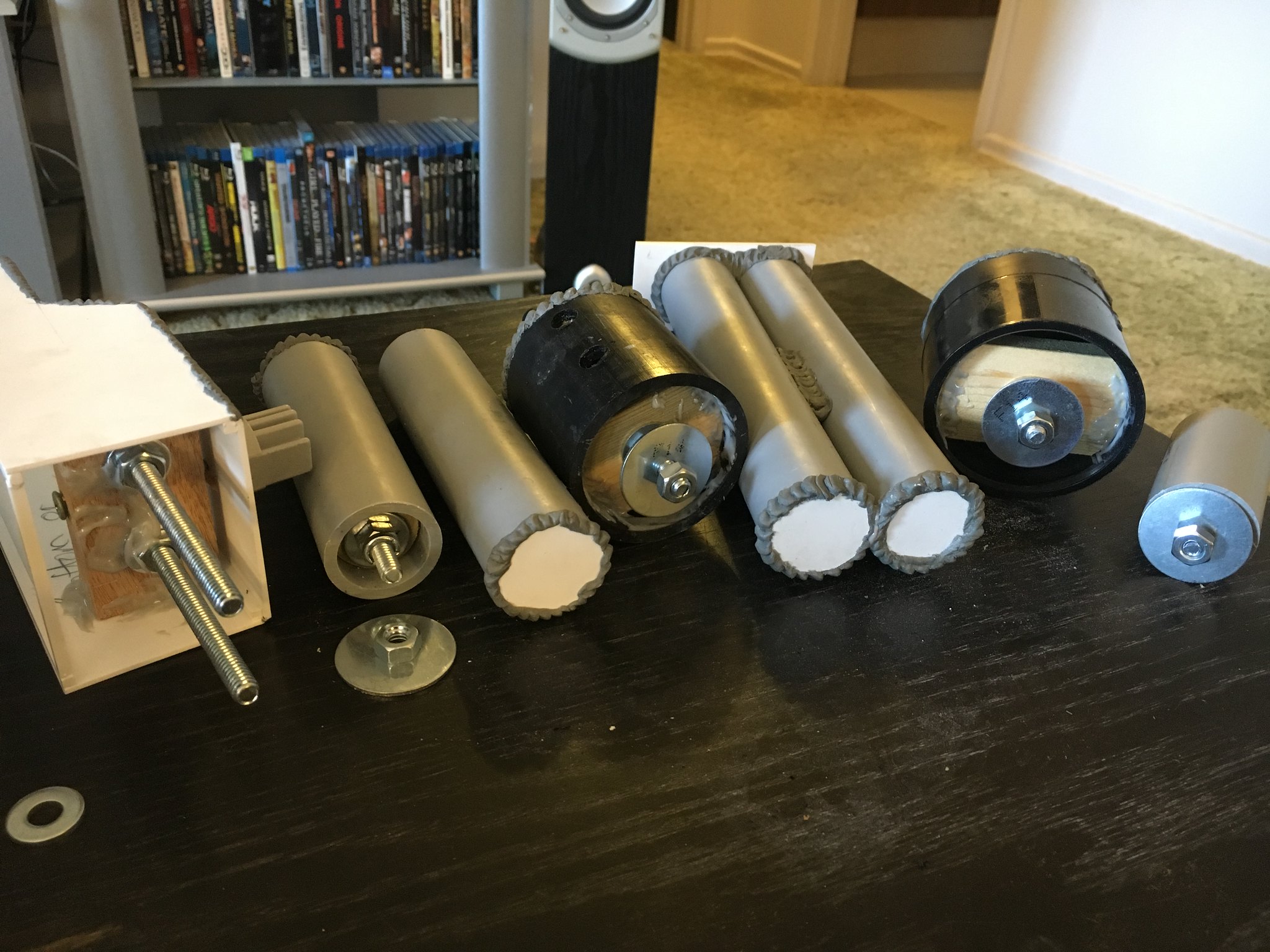

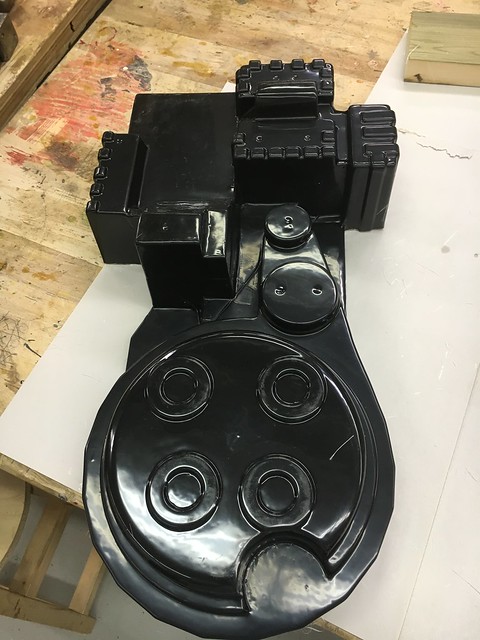
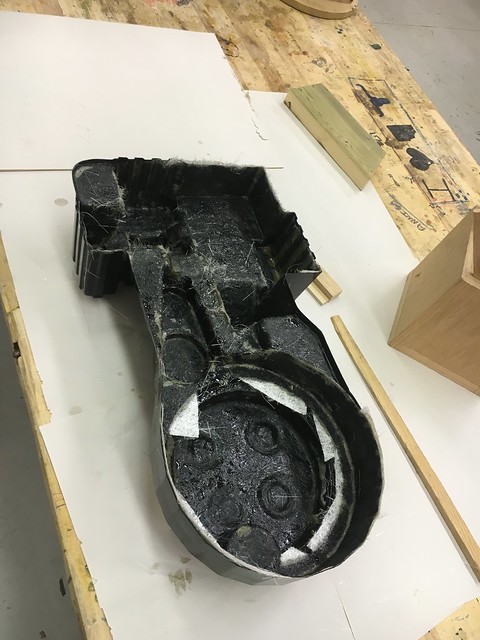
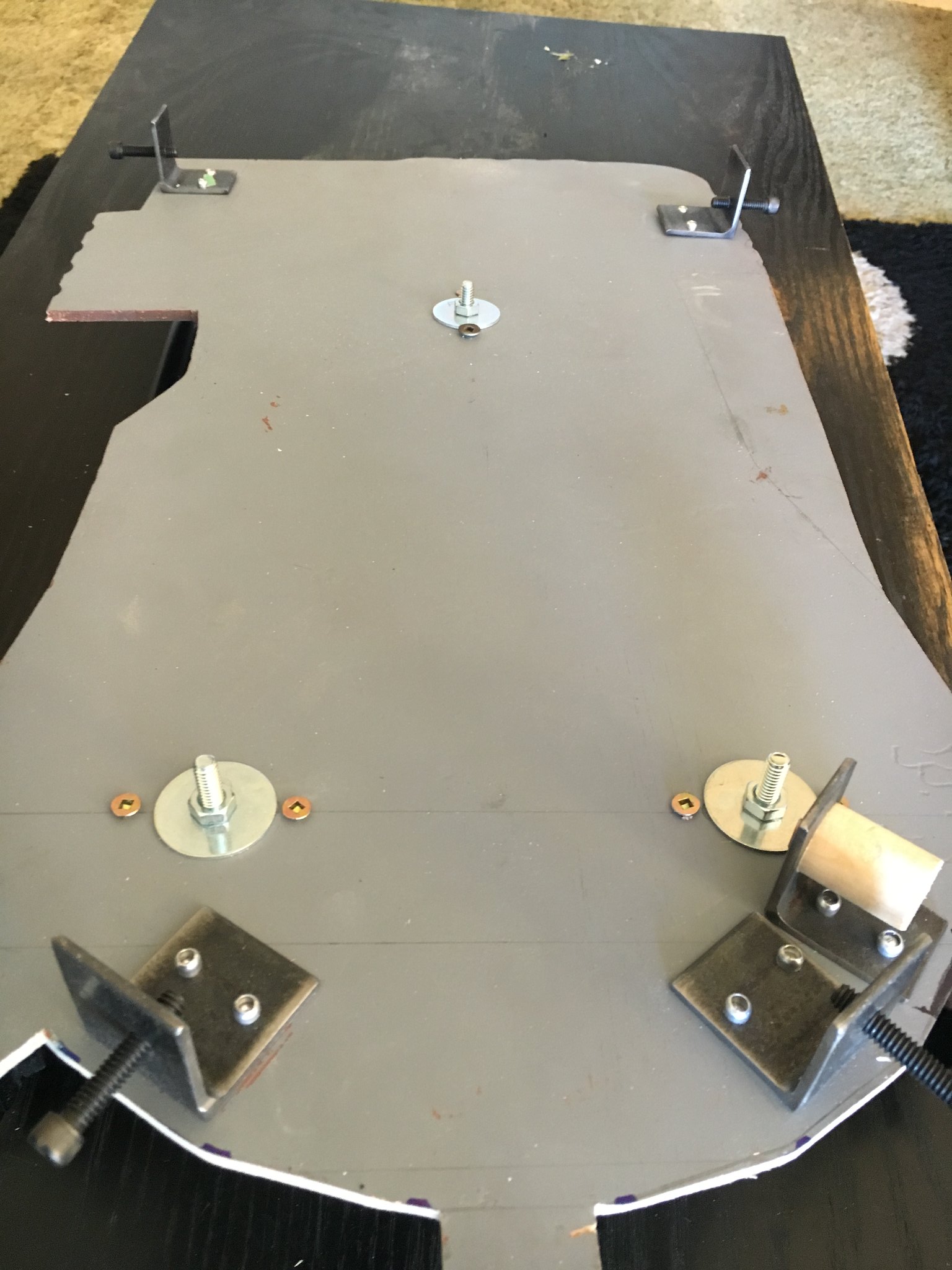

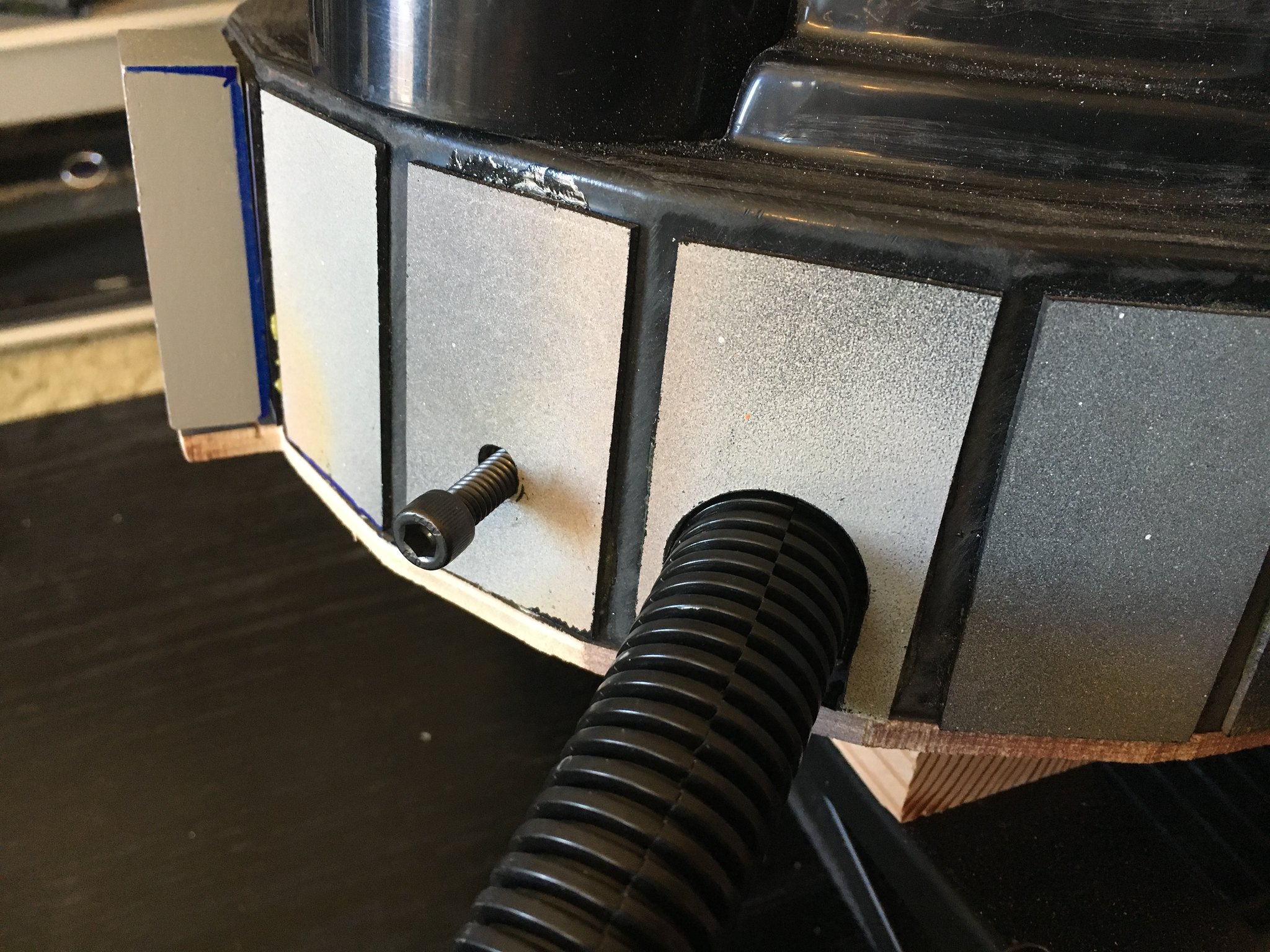
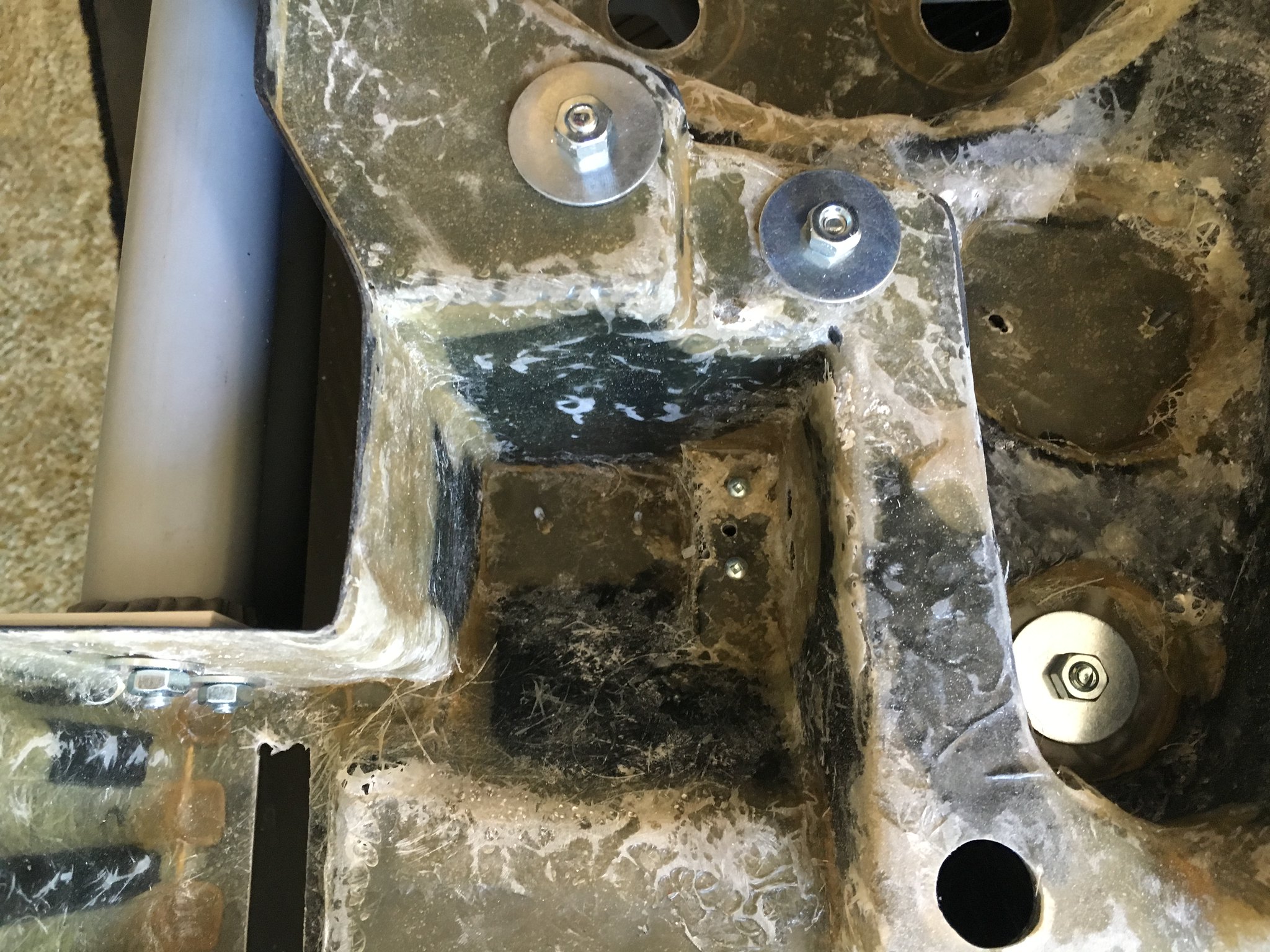
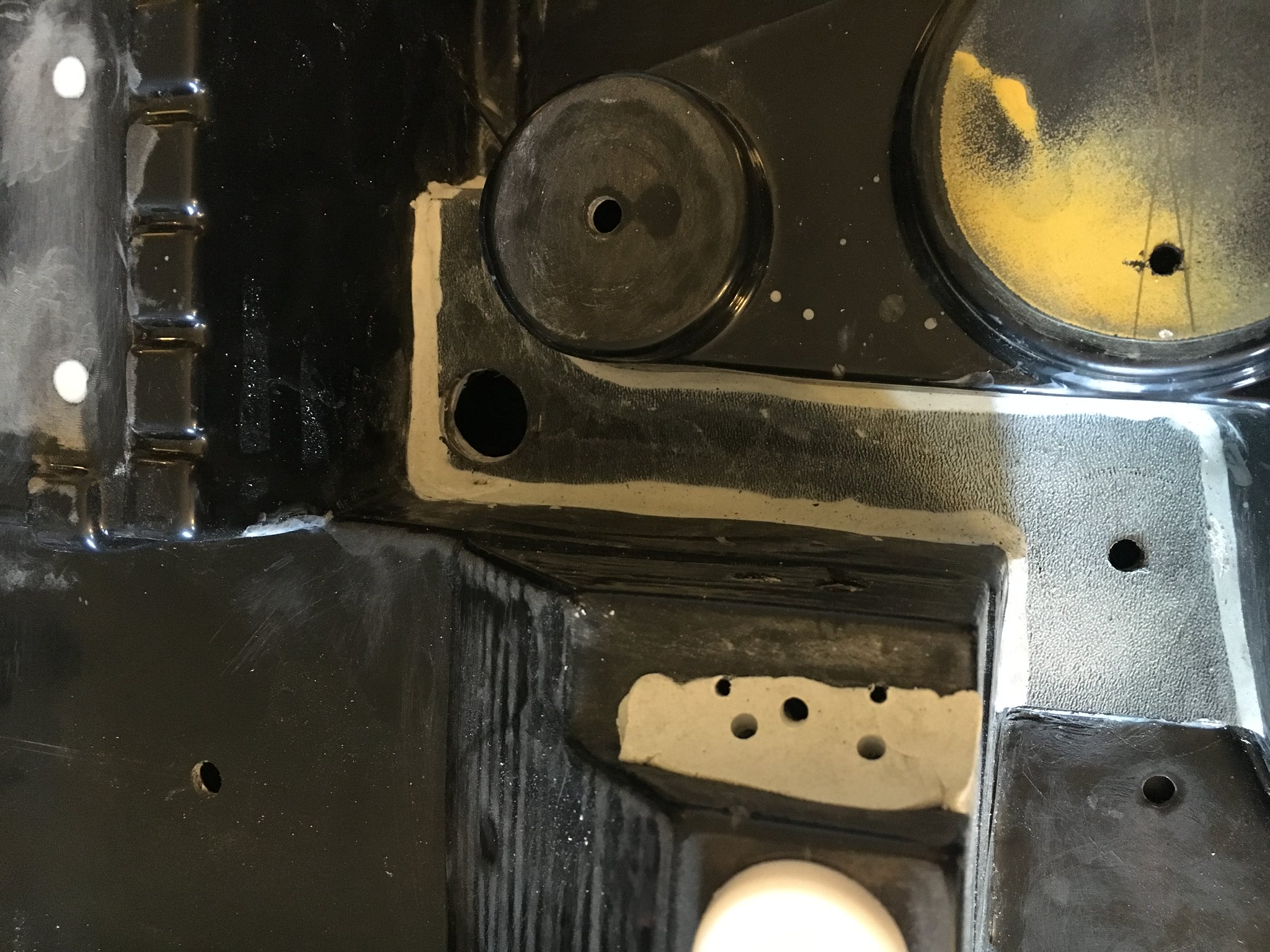

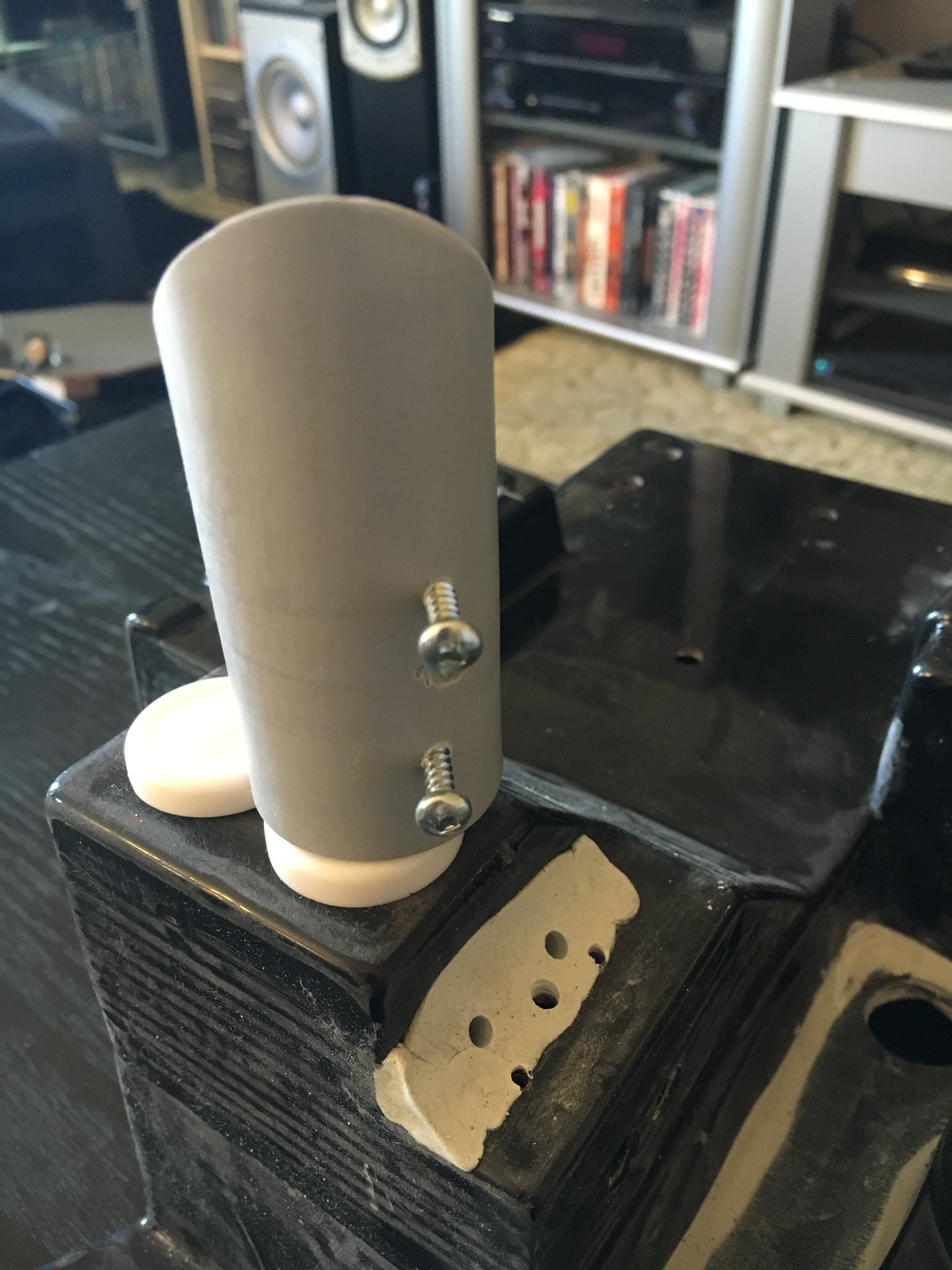

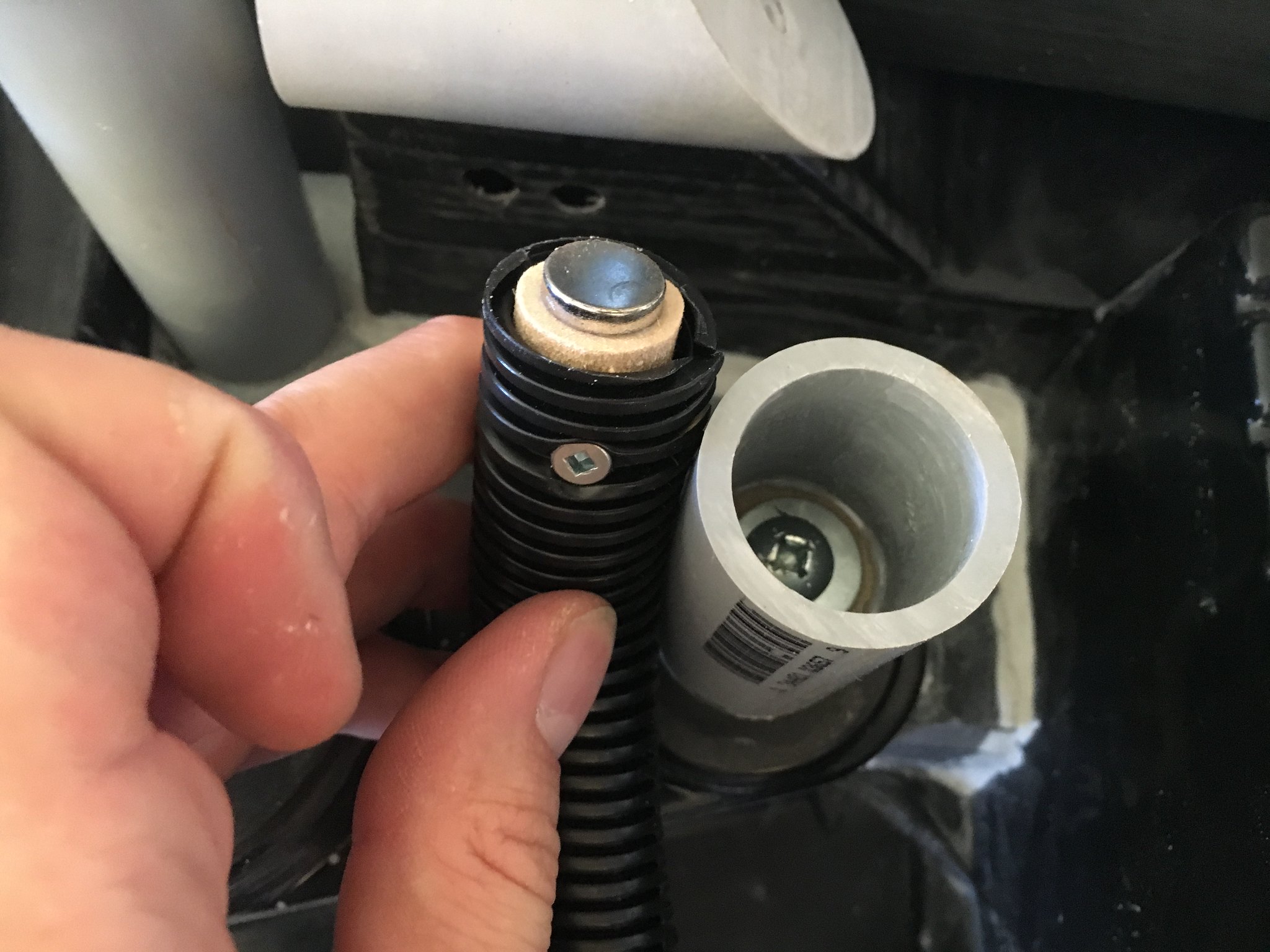
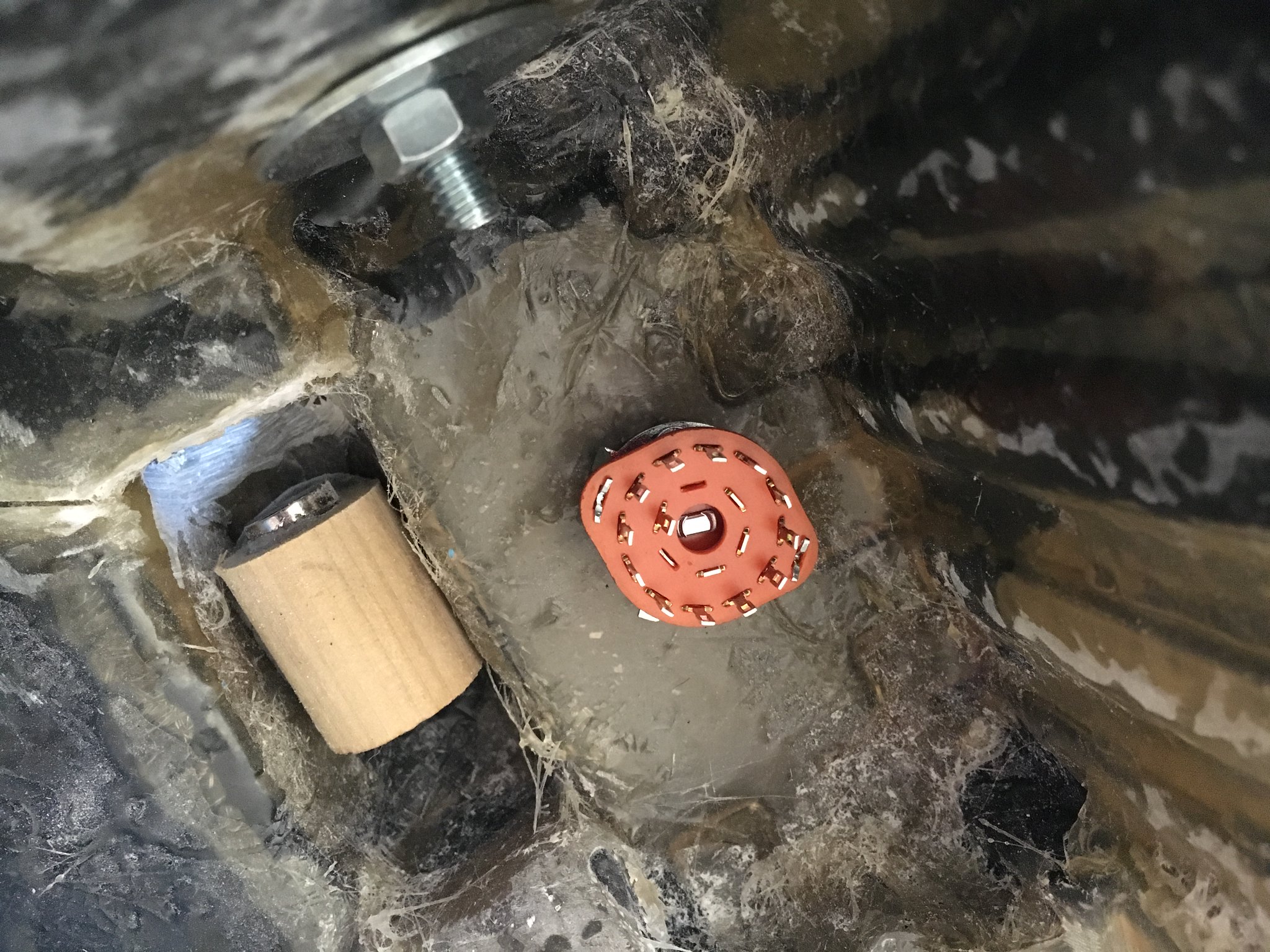
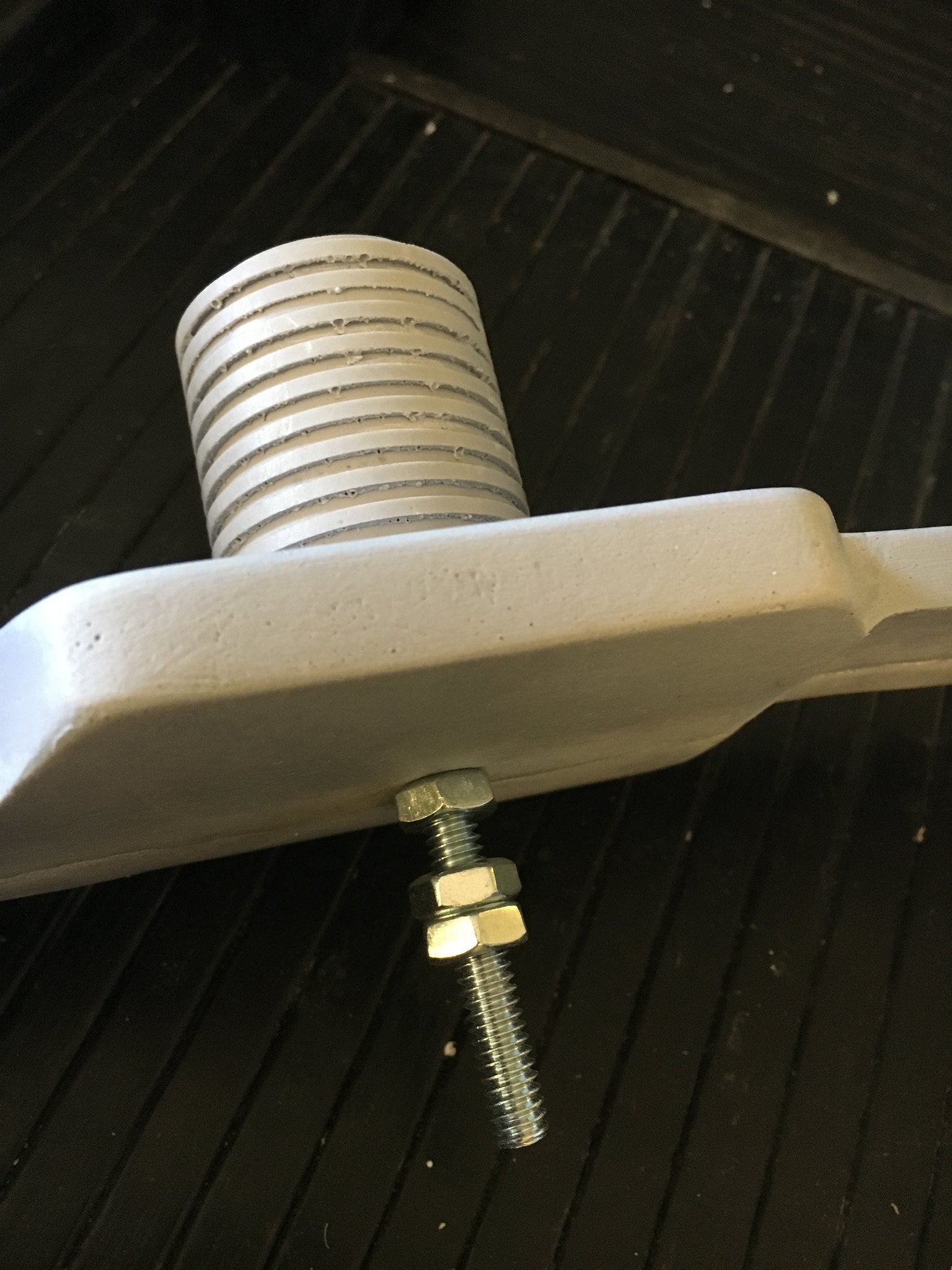

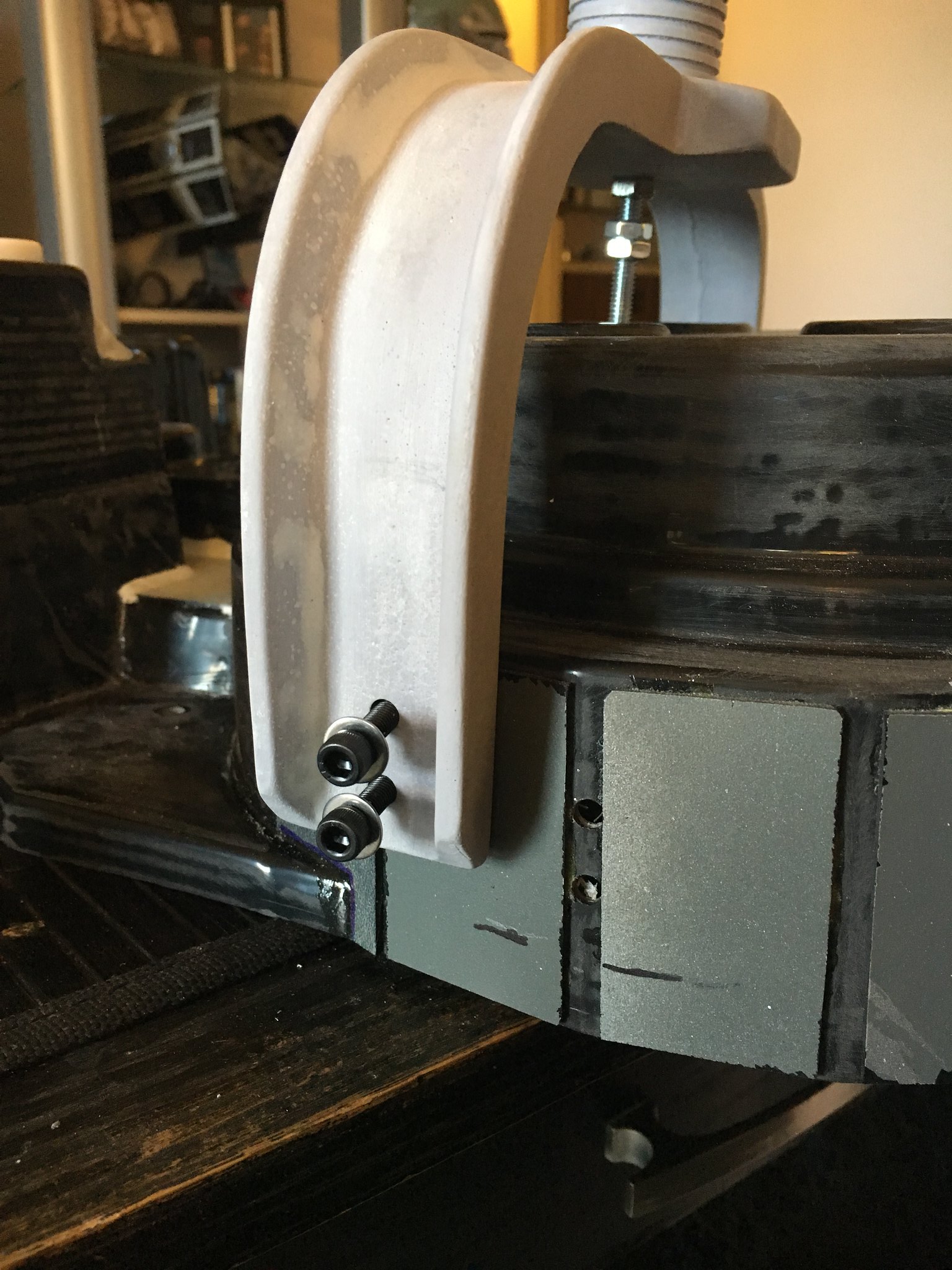
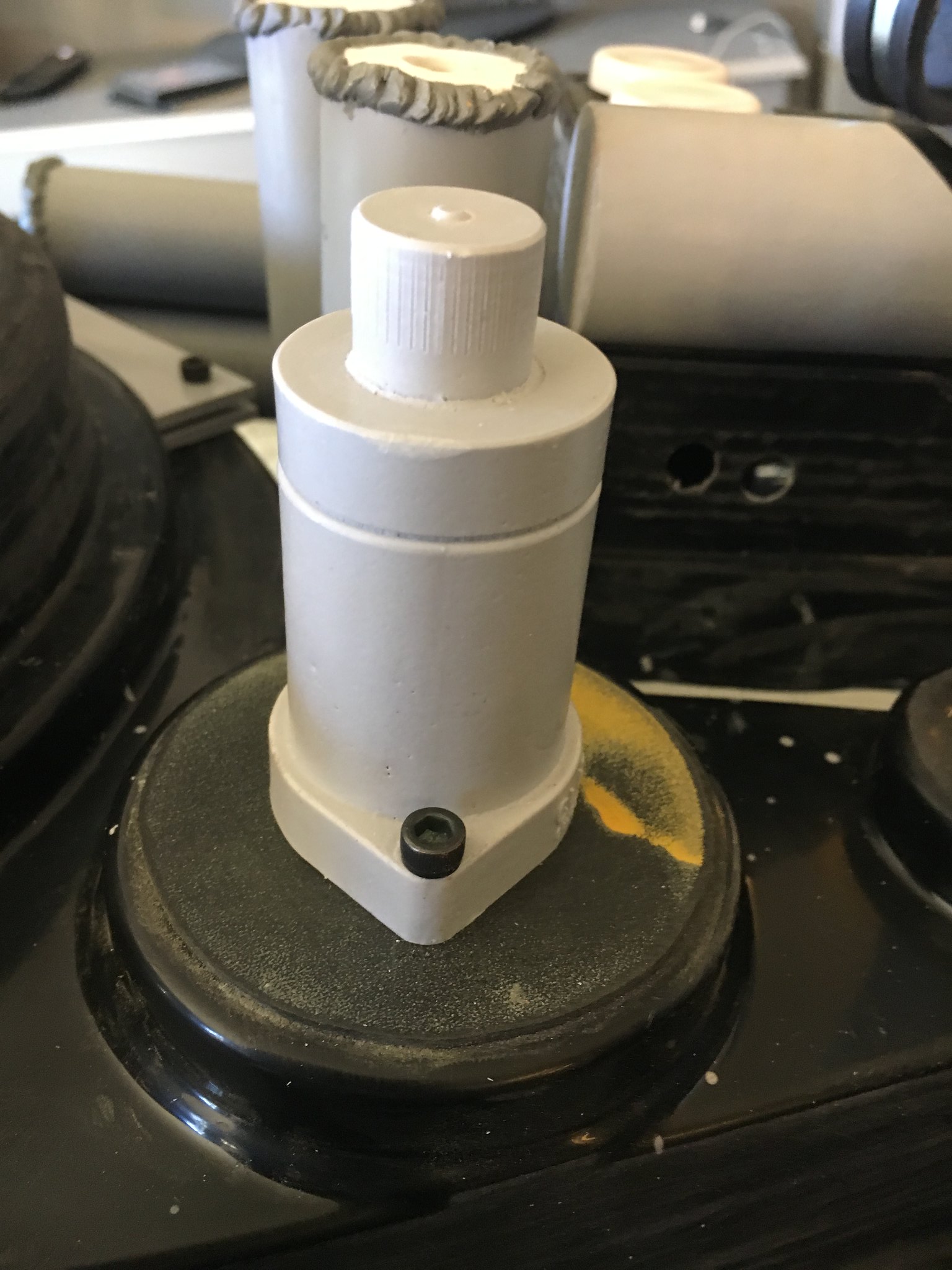



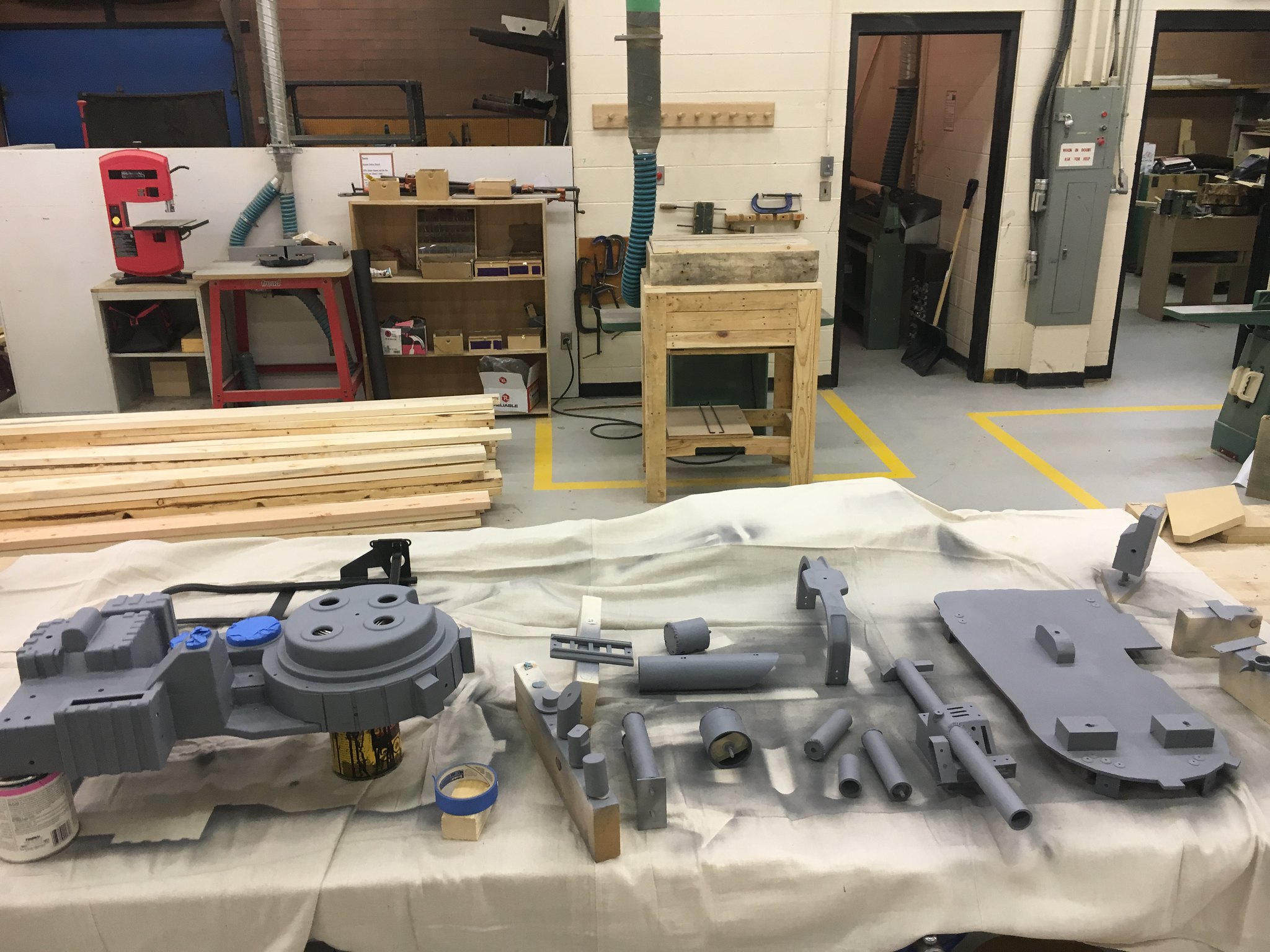
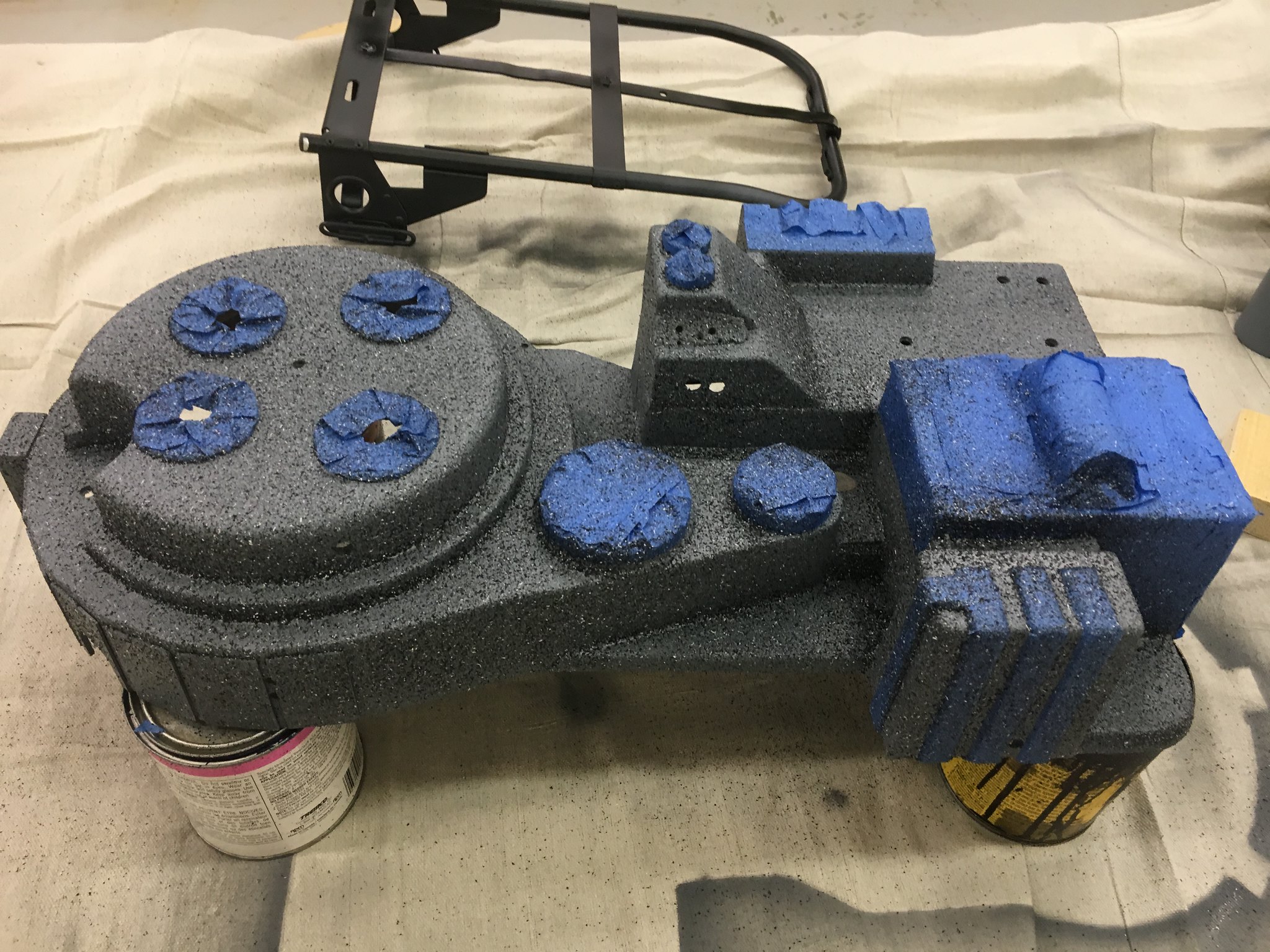


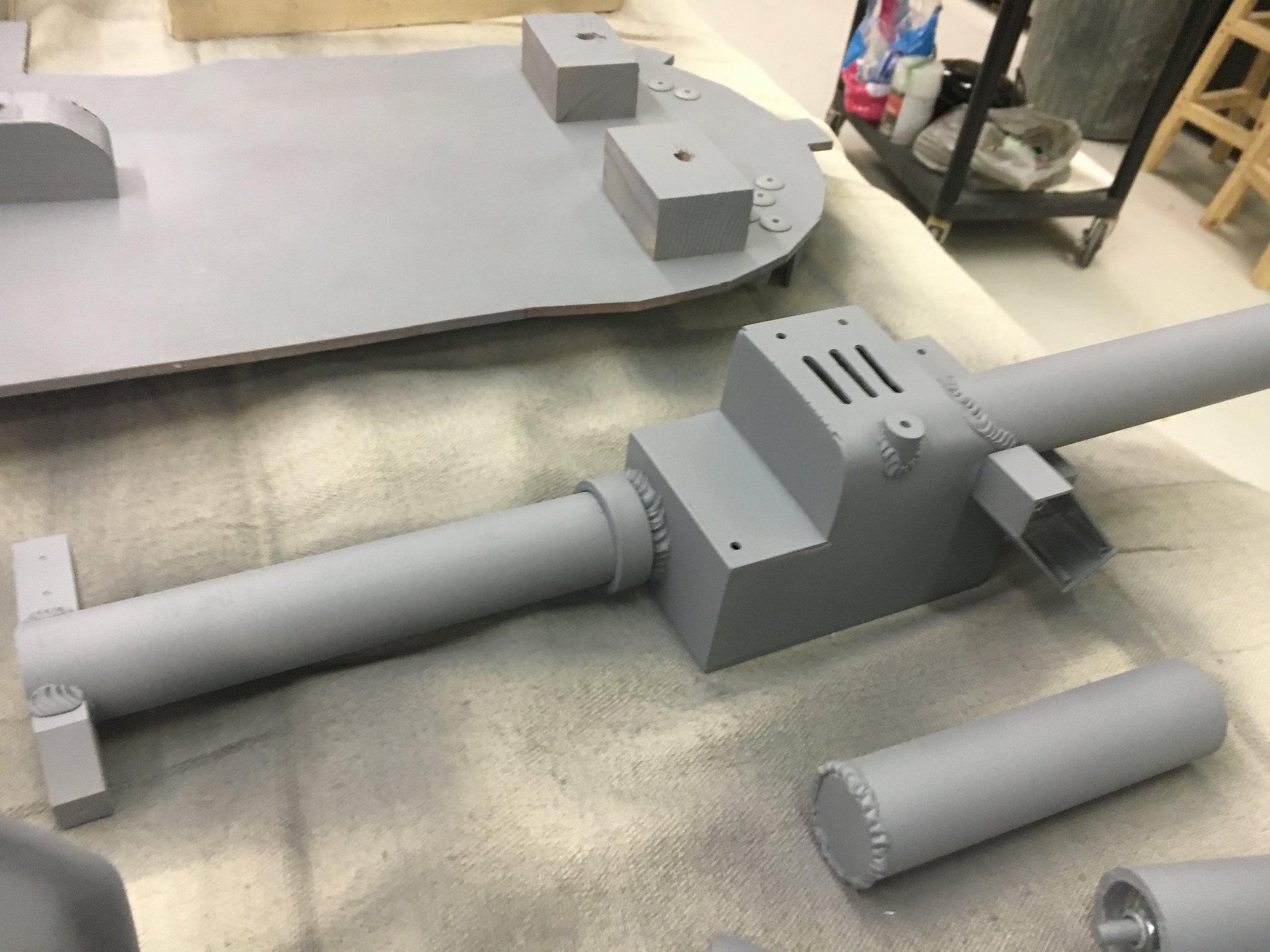
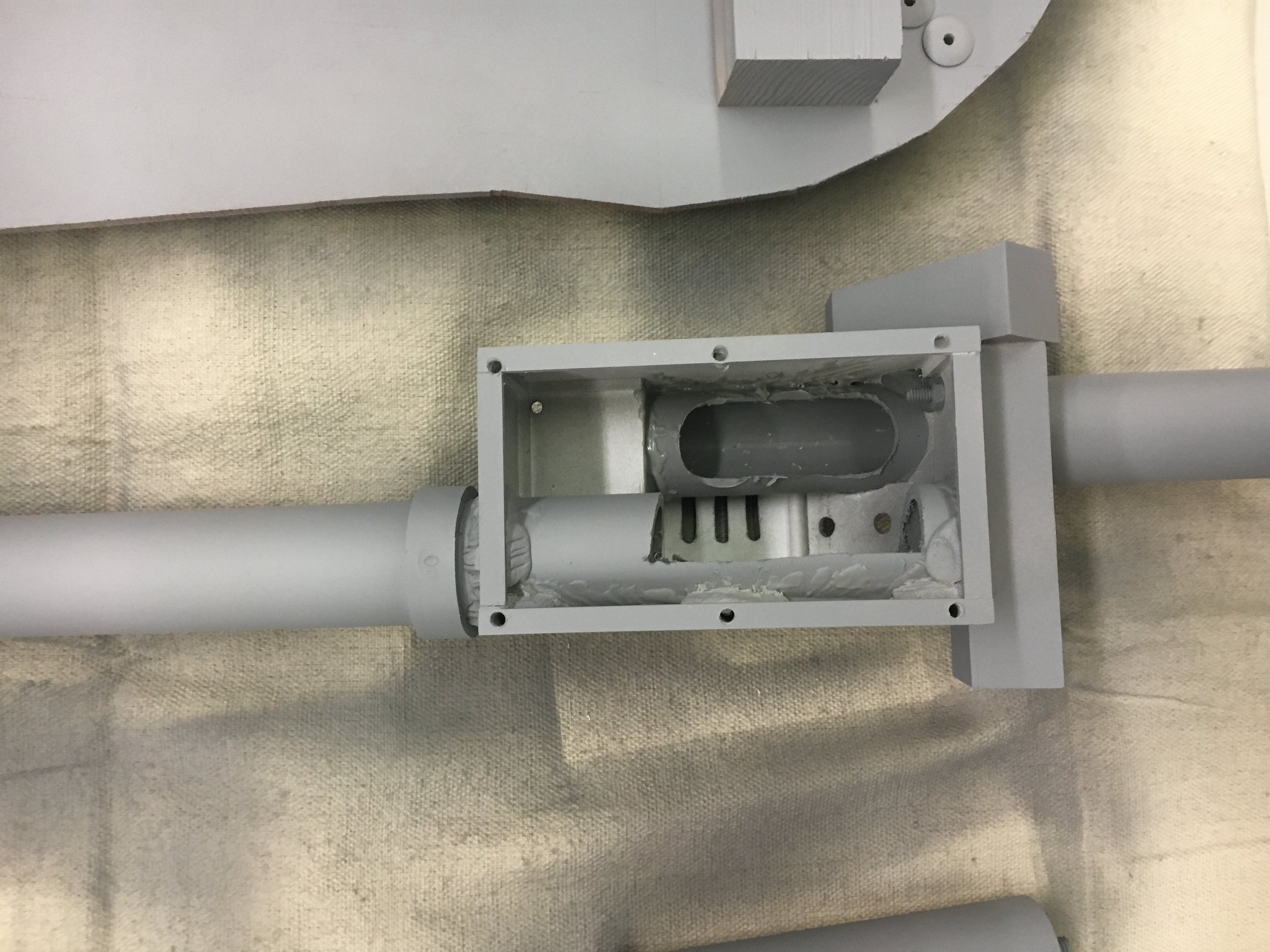
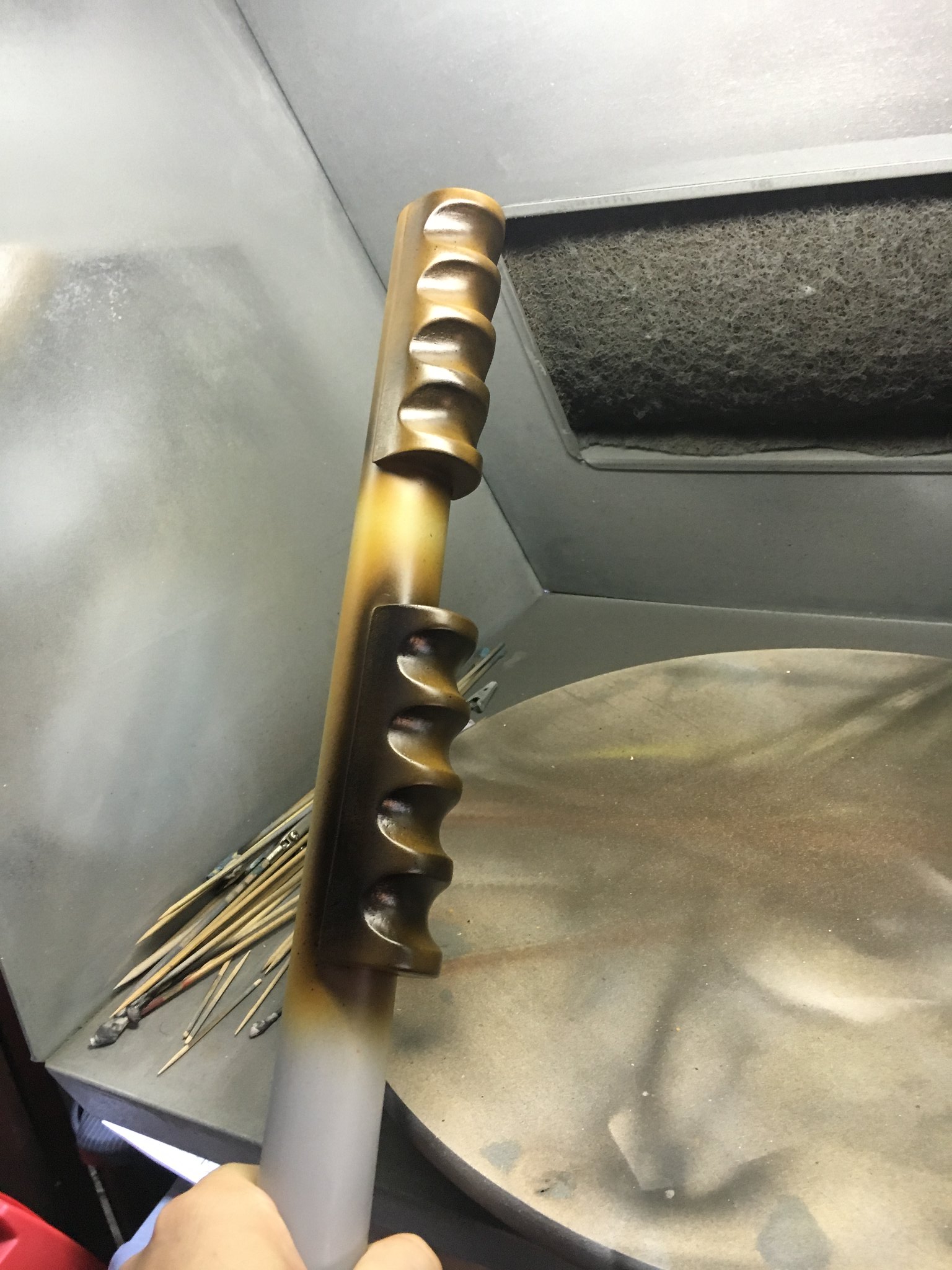


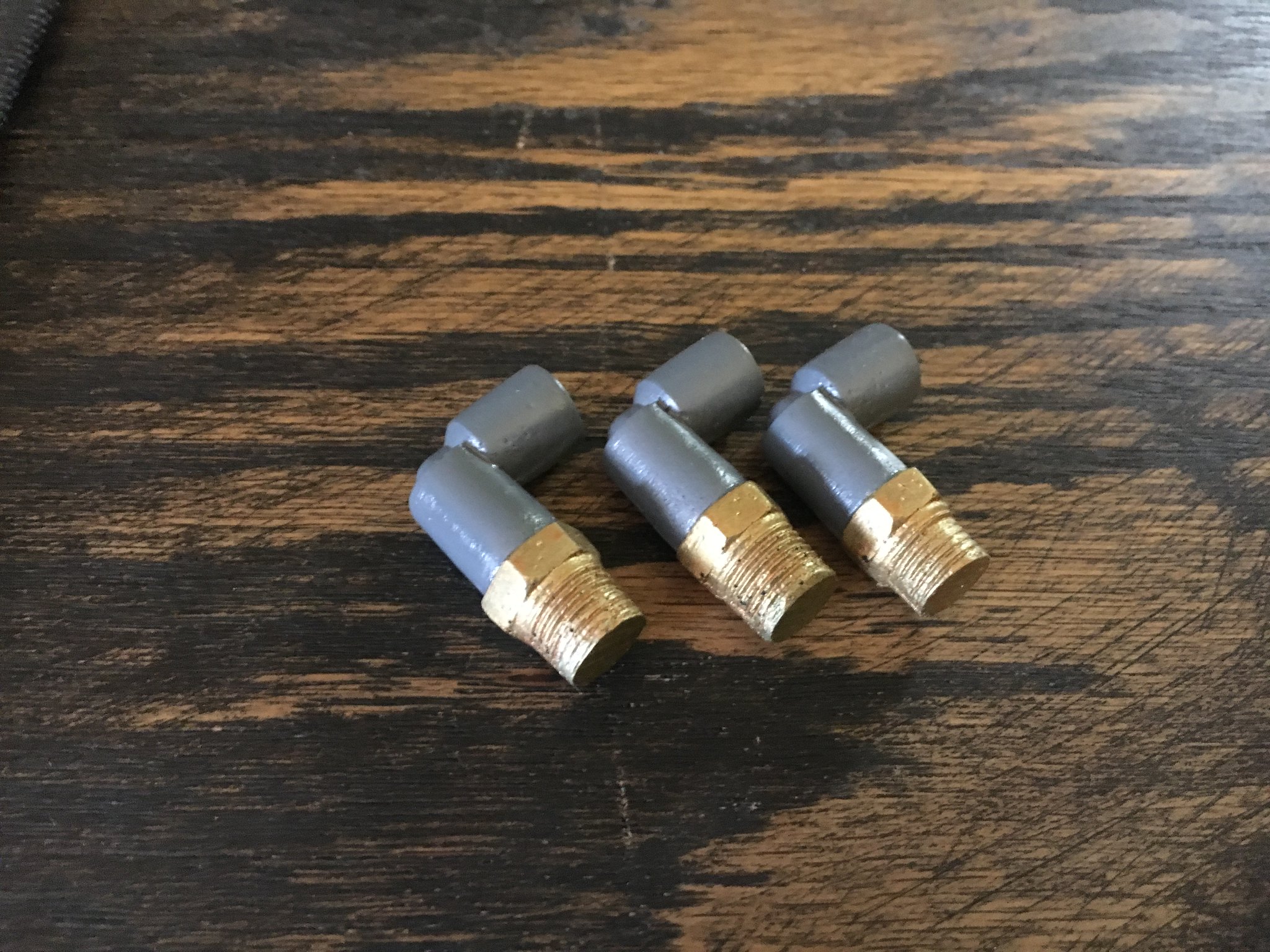
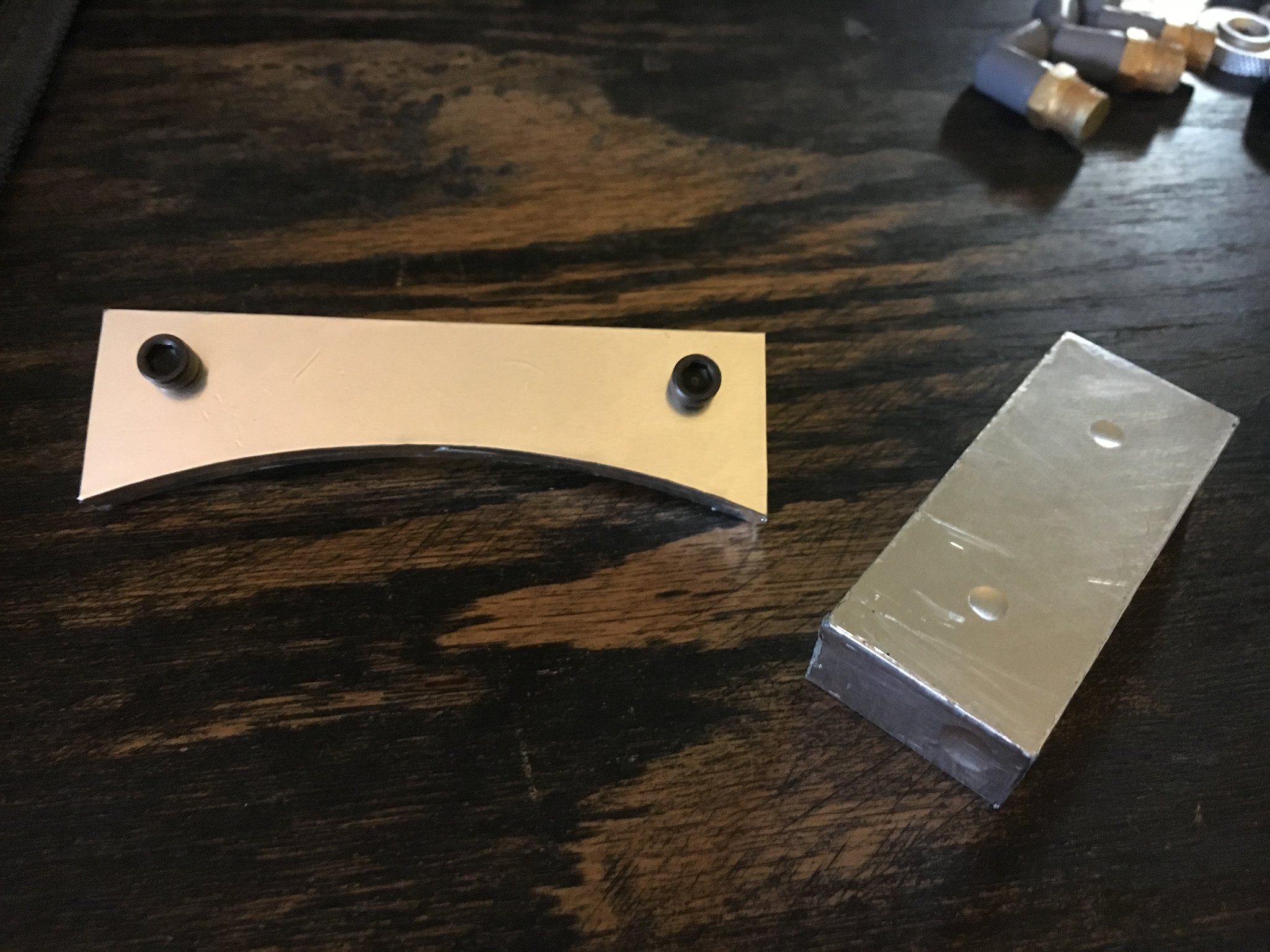

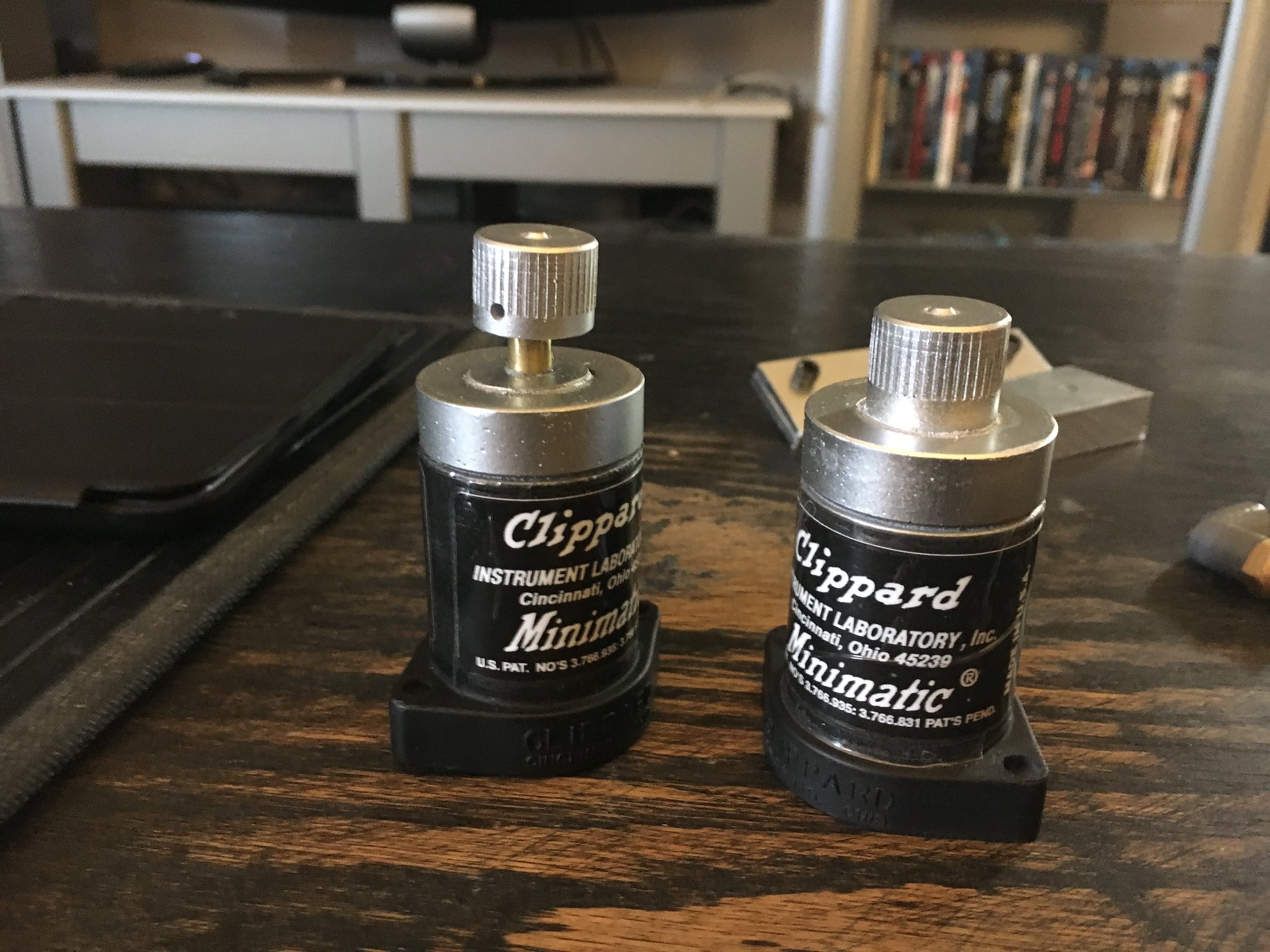
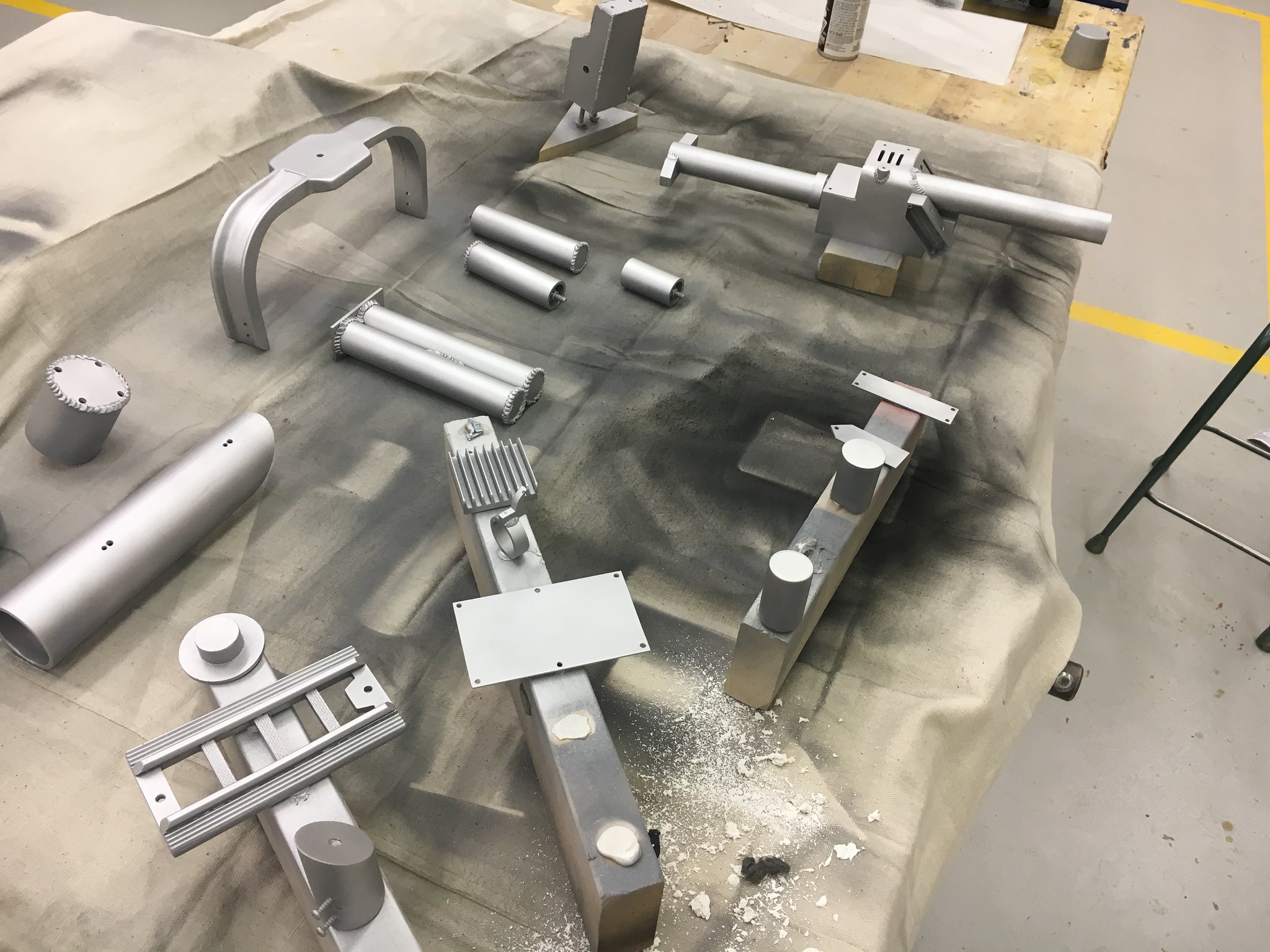
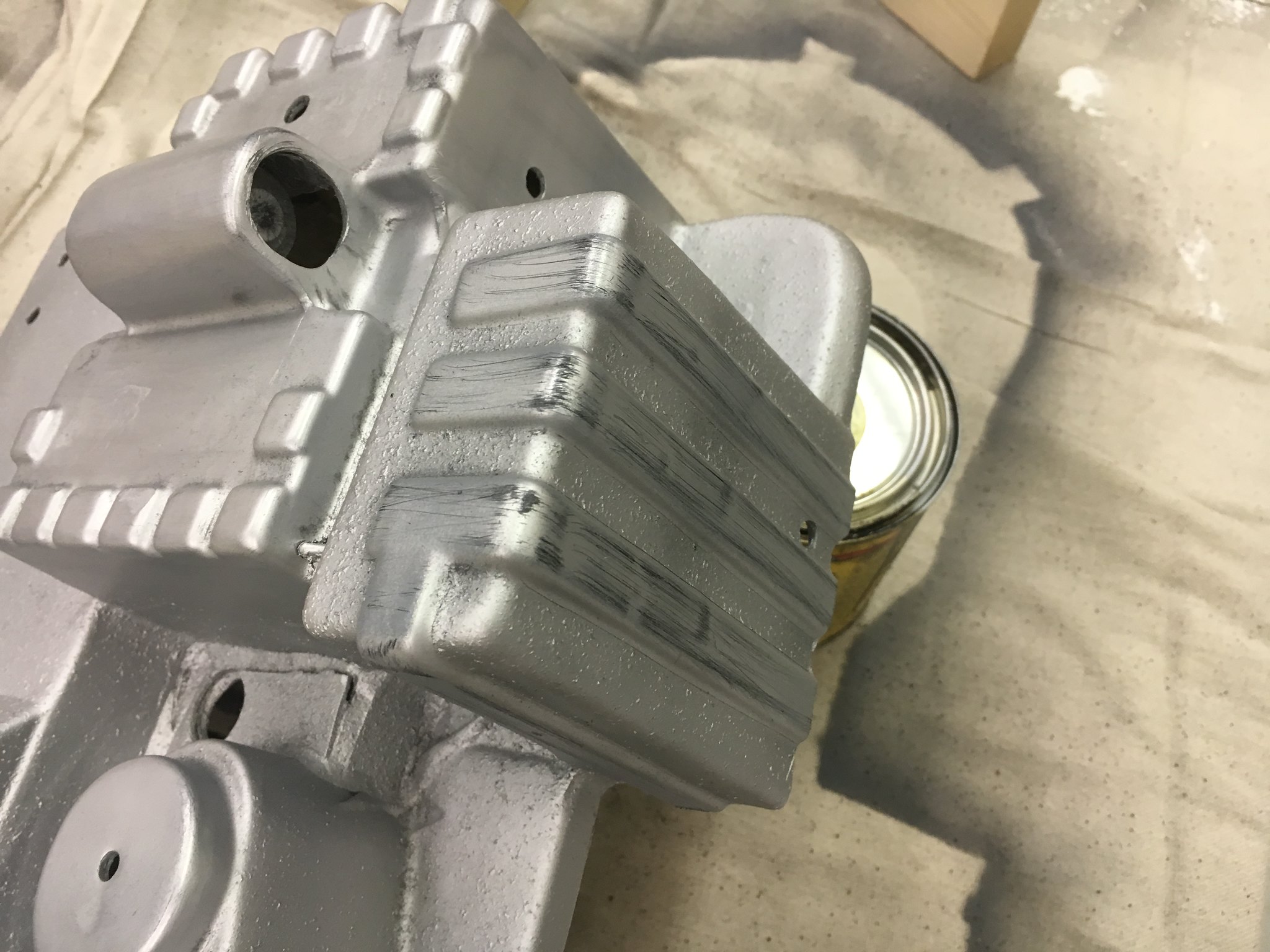
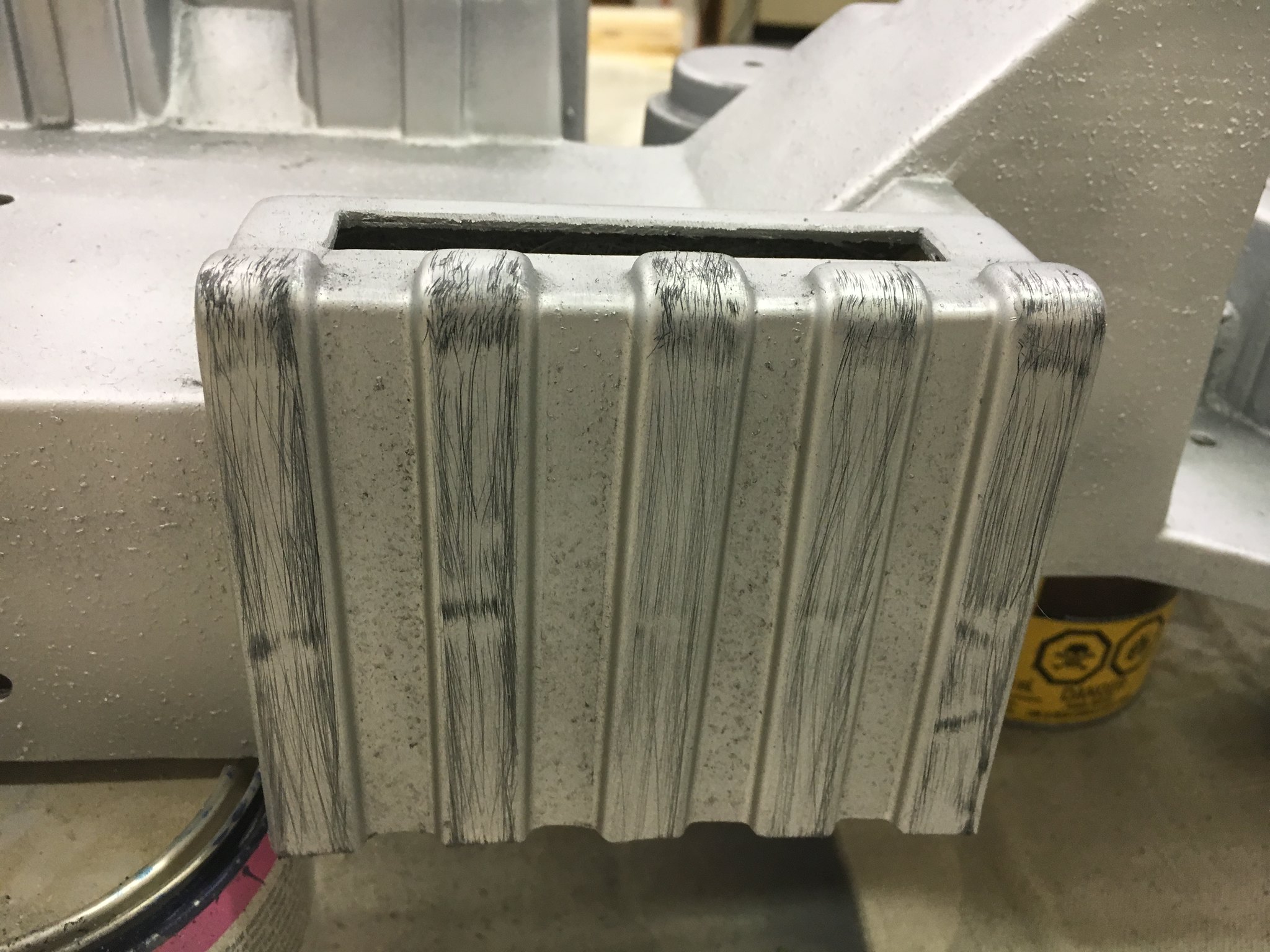
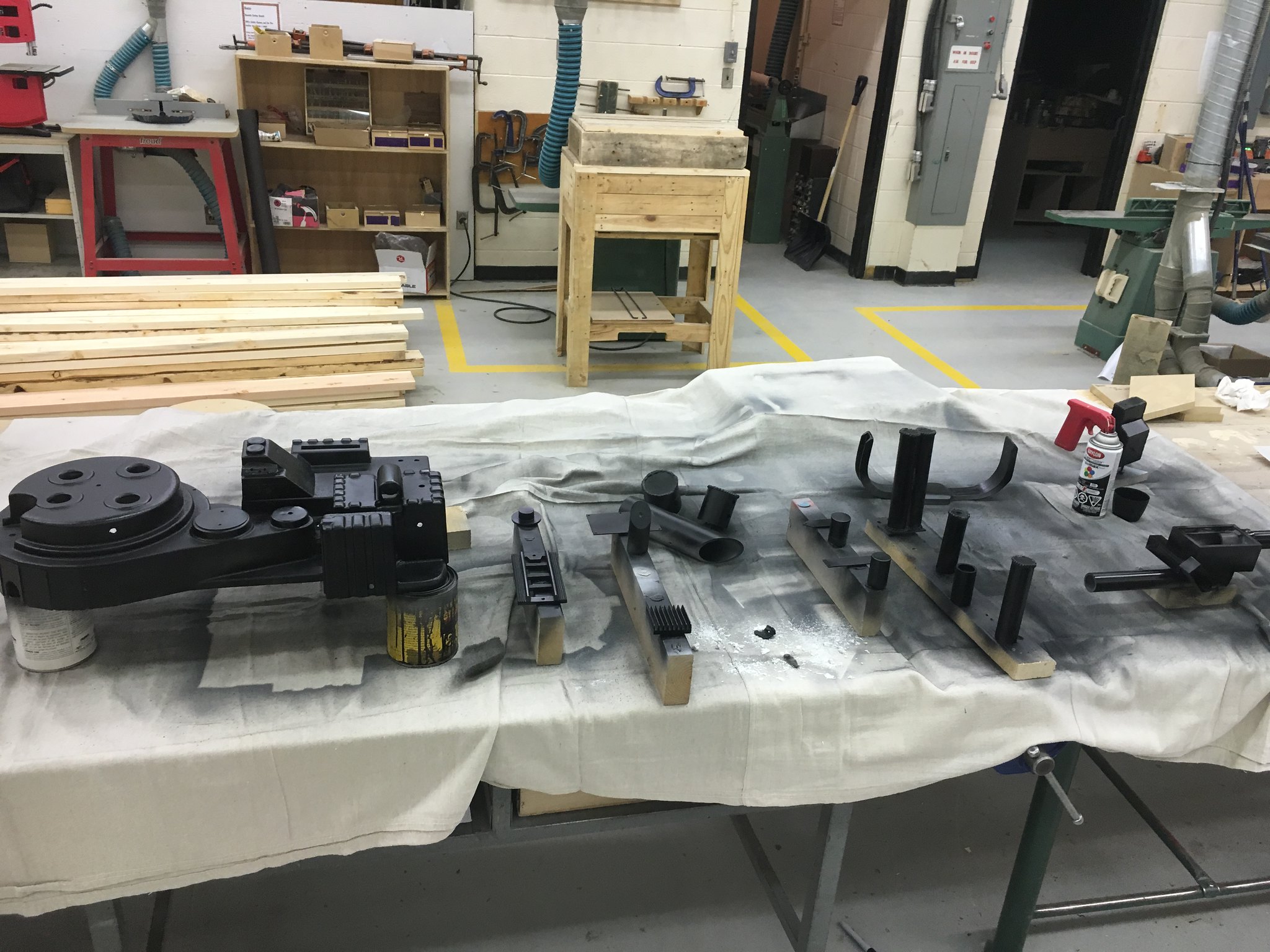
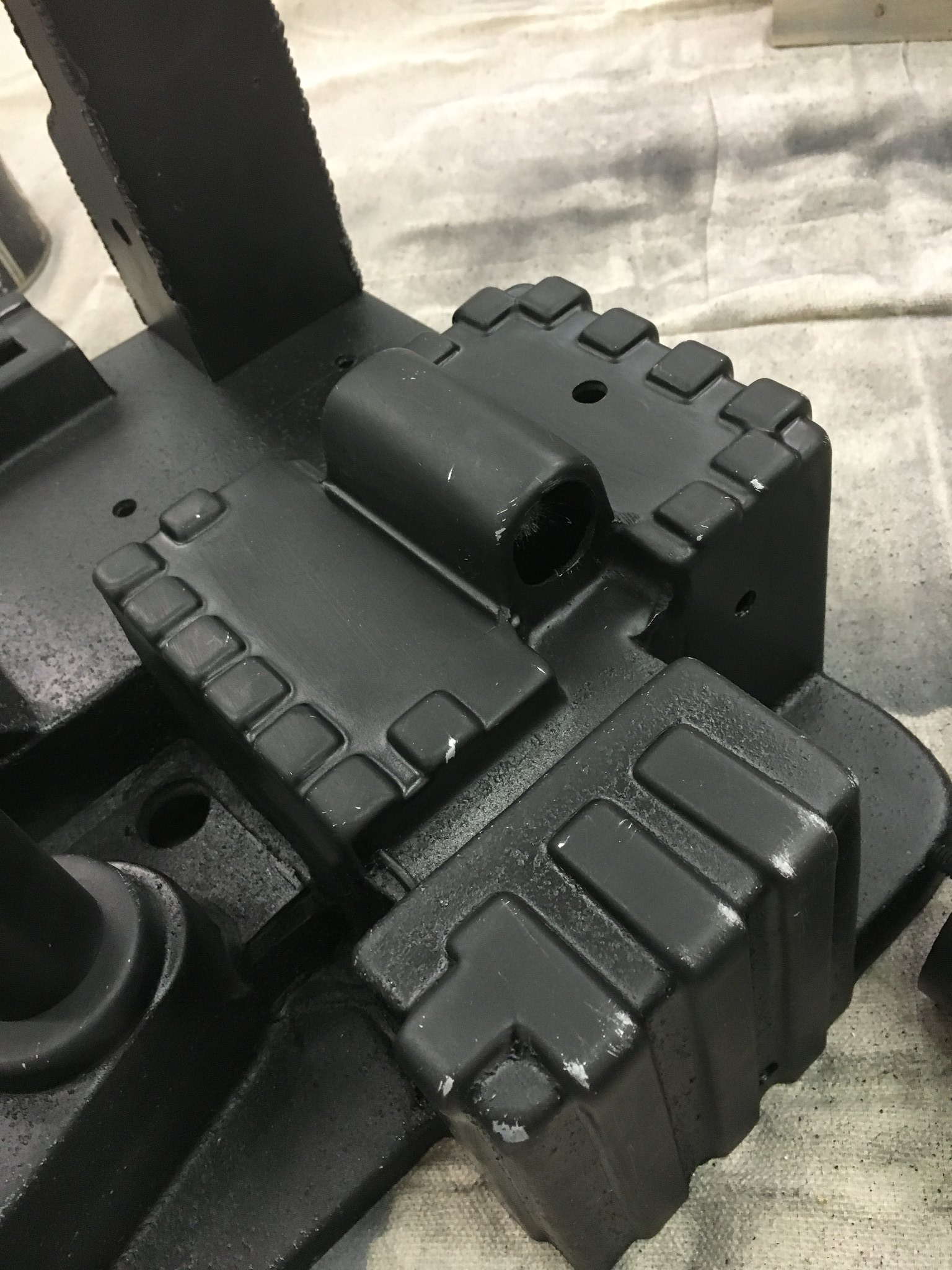
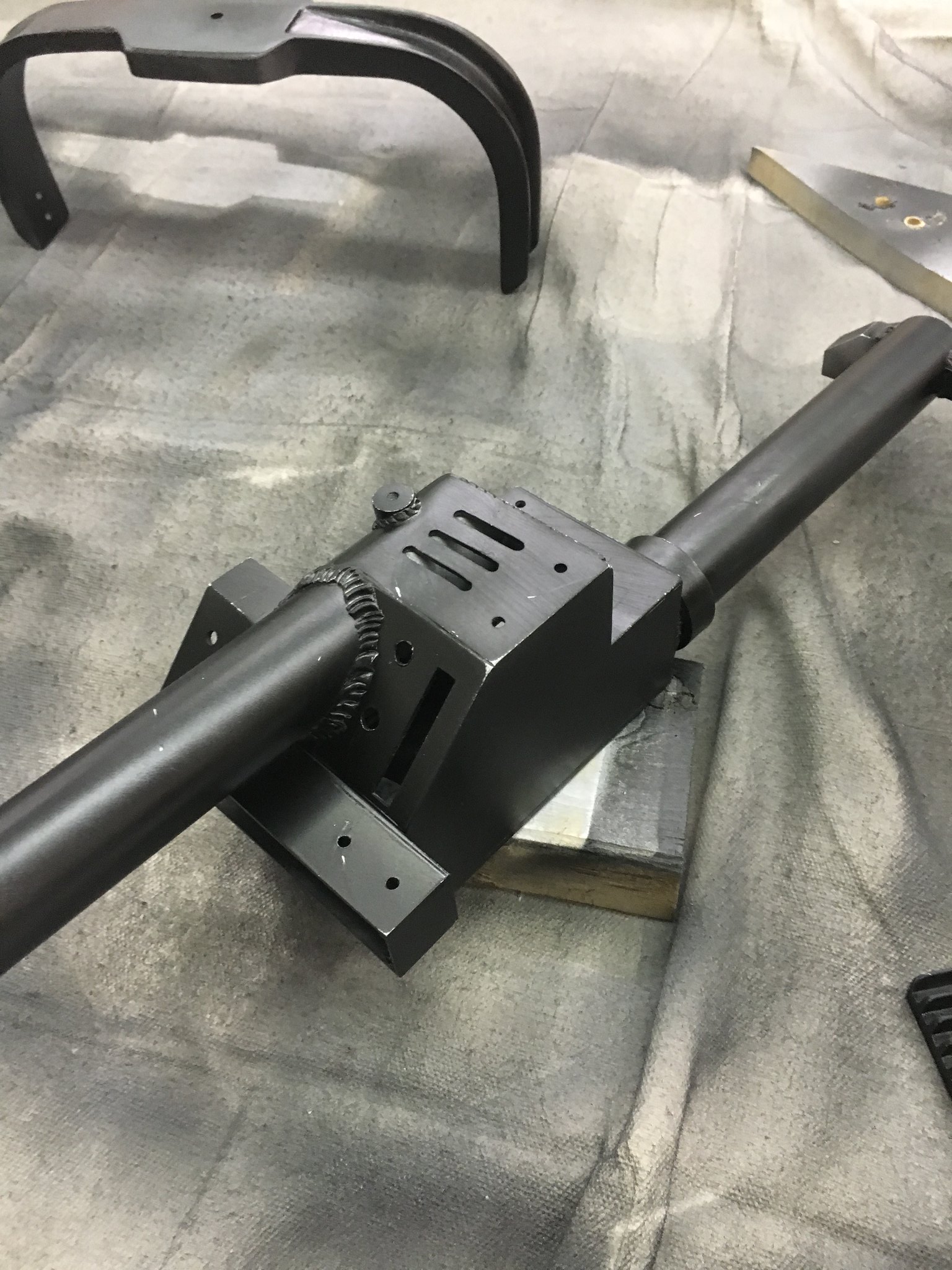

 - By The_Y33TER
- By The_Y33TER